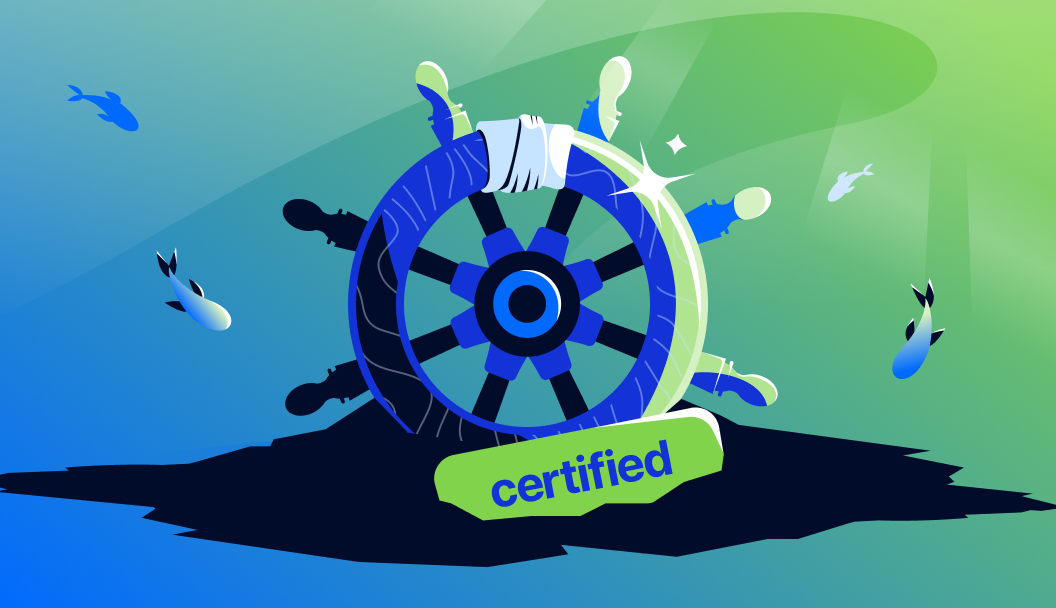Ensuring Security in DigitalOcean Kubernetes: Best Practices
This article marks the conclusion of a comprehensive six-part series on best practices for managing Kubernetes on DigitalOcean. In the preceding part, we delved into disaster recovery strategies, focusing on recovering from various disruptions such as hardware failures, data center outages, and human errors. In this final installment, the spotlight is on security breaches and strategies to prevent them.
Imagine this scenario: You are managing a startup, and suddenly, a malicious actor infiltrates your Kubernetes cluster, erasing a database instance that holds thousands of customer records. Fortunately, following the recovery protocols discussed earlier, you manage to restore your data from backups. However, some sensitive customer information was accessed, necessitating immediate notification to affected customers and a rotation of all compromised credentials. This process is undoubtedly labor-intensive, and without strong security practices, recovering from such incidents could be prolonged and arduous. This piece aims to explore key security practices that can serve as preventive measures, making it more challenging for attackers to breach your system, and ensuring effective recovery if a breach occurs.
Core Security Concepts: Zero Trust, Least Privilege, and Encryption
The security framework in a Kubernetes environment can be vast, but three fundamental concepts are imperative for any production environment: Zero Trust, Least Privilege, and Encryption.
Zero Trust is a security model that operates on the principle of "never trust, always verify." It assumes that every service on the network is potentially untrustworthy, necessitating authentication and authorization for any inter-service communication. For instance, communications between an application and a database should not be assumed secure; instead, constant verification is required. This approach recognizes the inevitability of security breaches and focuses on minimizing their impact.
Least Privilege involves restricting permissions for users and services to the bare minimum required for their functions. This limits the potential damage should a user or service be compromised. While setting granular permissions may seem like an additional step, it prevents hackers from exploiting broad permissions. A common implementation of Least Privilege is through the use of access tokens with expiration and limited scope. In a Kubernetes cluster, this principle can be applied in various ways to ensure tight control over what services can do.
Encryption at Rest and in Transit ensures that data is always protected, whether stored or in motion. DigitalOcean Kubernetes (DOKS) clusters offer encryption at rest through ETCD secret encryption, protecting data within the cluster. However, application credentials often reside outside the cluster, necessitating effective secret management solutions to safely store, retrieve, and synchronize secrets within the cluster.
Network Policies and Service Mesh
By default, Kubernetes networking is quite open, allowing any service to communicate with another. This openness poses a risk if a hacker gains control of an exposed service. Implementing network policies can control inter-service communications, specifying which pods can communicate with each other. Kubernetes offers built-in network policies, but for more dynamic environments, Cilium network policies, supported by DOKS, offer a robust solution. These policies link pods with Cilium identities, based on Kubernetes labels, ensuring consistent policy application even if pod IPs change. Additionally, DOKS integrates Cilium Hubble for detailed network traffic monitoring and security insights.
Service Mesh for Enhanced Security
While network policies handle traffic direction within a cluster, they do not encrypt or authenticate this traffic. A service mesh, like Istio or Linkerd, can fill this gap. A service mesh facilitates secure, authenticated, and encrypted communications between services. For example, mutual TLS (mTLS) can ensure that services A and D can verify each other’s identities, preventing man-in-the-middle attacks. Implementing mTLS is streamlined with a service mesh, embodying the Zero Trust principle by verifying service identities before establishing connections, thus safeguarding sensitive data.
Benefits of a Service Mesh
TLS encryption is possible without a service mesh, but as service numbers grow, manual configuration becomes cumbersome. A service mesh simplifies this process and offers network segmentation, which divides network traffic at the application layer, unlike network policies that work at the IP layer. This segmentation allows for precise control over service-to-service interactions.
Kubernetes RBAC and Secret Management
For services that interact with Kubernetes resources, Kubernetes Role-Based Access Control (RBAC) can provide fine-grained permission control. This ensures services operate under the Least Privilege principle, restricting what compromised services can do. Managing application secrets securely outside the cluster is critical, and robust secret management solutions, like HashiCorp Vault, provide secure storage and retrieval, adhering to the latest encryption standards.
Rapid Secret Rotation with Kubernetes Operators
In the event of a data breach at a third-party service, rapid secret rotation becomes crucial. Manually updating secrets in a UI is time-consuming. A more efficient solution is using a secrets operator—a Kubernetes operator that synchronizes secrets between your secret manager and Kubernetes. The Vault Secrets Operator (VSO) automates this synchronization, reflecting secret updates in Kubernetes without redeployments.
Securing Containers: Best Practices
Containers, the fundamental units of Kubernetes, often have open permissions by default. Enhancing their security involves several steps:
Run as Non-root: Most applications do not need root access. Running as root exposes the host file system to potential attacks. Restrict root access for containers unless absolutely necessary.
Capabilities: Linux capabilities allow non-root users to perform specific elevated actions, like binding to privileged ports, without granting full root privileges.
Seccomp Profiles: Seccomp (secure computing mode) profiles offer granular control over system call permissions. They can be used alongside capabilities to further limit container actions, adopting the Least Privilege approach.
Avoiding the Latest Tag and Image Scanning
In production environments, avoid using the "latest" tag for container images. This practice can lead to security risks if a malicious actor pushes a compromised image. Image scanning tools, integrated into CI/CD pipelines or as Kubernetes operators, help identify vulnerabilities and misconfigurations before deployment. Tools like Trivy are effective for this purpose.
OPA Gatekeeper: Automating Security Policies
Documenting best practices is crucial, but automation ensures consistent adherence. Open Policy Agent (OPA) Gatekeeper integrates with Kubernetes to enforce policies through mutating and validating webhooks, ensuring compliance before any resource is created. This automation provides a scalable approach to secure deployments across teams.
In conclusion, this series aimed to equip small and medium-sized businesses and startups with essential strategies for scaling securely on DigitalOcean Kubernetes. While not exhaustive, it highlighted key measures to protect critical workloads. For further insights, refer to the Open Web Application Security Project (OWASP), which offers comprehensive guidelines for securing applications across environments. For Kubernetes-specific risks, OWASP’s Kubernetes Top Ten provides valuable information.
Thank you for joining us on this journey through Kubernetes best practices on DigitalOcean. We hope this series has been an enlightening step in your Kubernetes journey!
For more Information, Refer to this article.


































